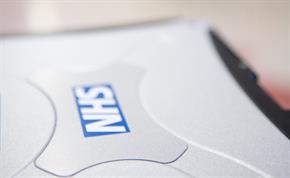
The IT team are asking all staff to be vigilant after noticing an increase in ‘phishing’ emails.
‘Phishing’ emails are usually sent by fraudsters who masquerade as someone trusted (such as your IT Department) to gain information from you, e.g. your username and password.
These emails can look like the real deal and what you would typically expect to see.
Countless unsolicited emails are filtered every day, but occasionally some do get through as the people sending them continually attempt to evade our filtering system.
If you respond to a phishing attempt or click on a link in the email, your accounts could be compromised and the fraudster could use it to send thousands more spam emails to other email users.
Here are some simple measures to make sure you don’t get caught out:
If you have any doubt about an email you have received, please contact the IT Service Desk.
Published 16th February, 2017